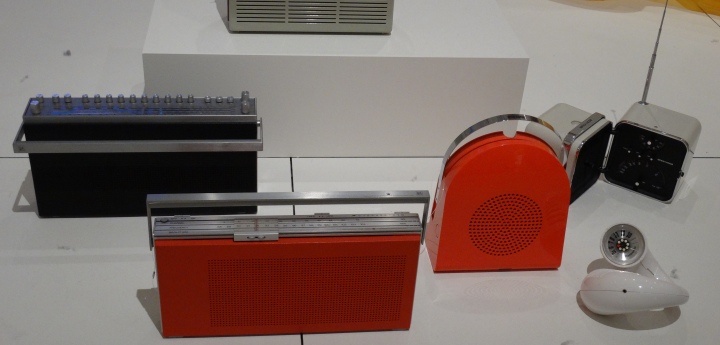
Everything that museum professionals have long been waiting for a museum exhibition to achieve but which has not yet been invented.
The only possible way to start my essay about the installation-work The Visitors by Ragnar Kjartansoon, on display in The Broad Museum in Los Angeles, is by highlighting the memorable way I experienced it, as well as the exhilaration, passion and pleasure that I felt. I became even more delighted when I realised that, in addition to the rewarding experience I had had, the installation-work also accomplishes two things that are, it seems to me, of particular significance today. On the one hand, it achieves one of the most demanding goals of contemporary museum studies in that it provides the museum-goers with avenues not to learn or contemplate but to experience some dimensions of life. On the other hand, although it was certainly not an intentional gesture by the curator, The Visitors is particularly interesting in that the experience it provides visitors with is theoretically informed by ethnomusicology, most notably by placing the museum-goers within a rich picture-experience of the relevance of music to human life. Additionally, the fact that music’s role in and significance to society is not being carried conventionally by words by the installation-work, but is being conveyed by the experience itself that it endows museum-goers with, stands like a cherry on the top of the cake: ultimately, in the installation-work The Visitors, it is the experience that is the text.





